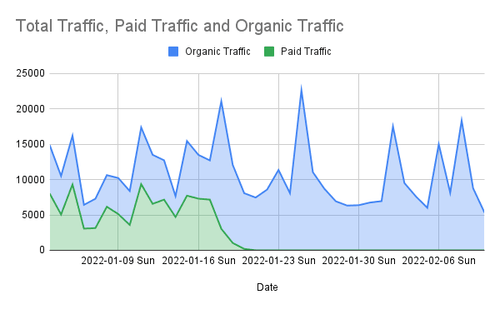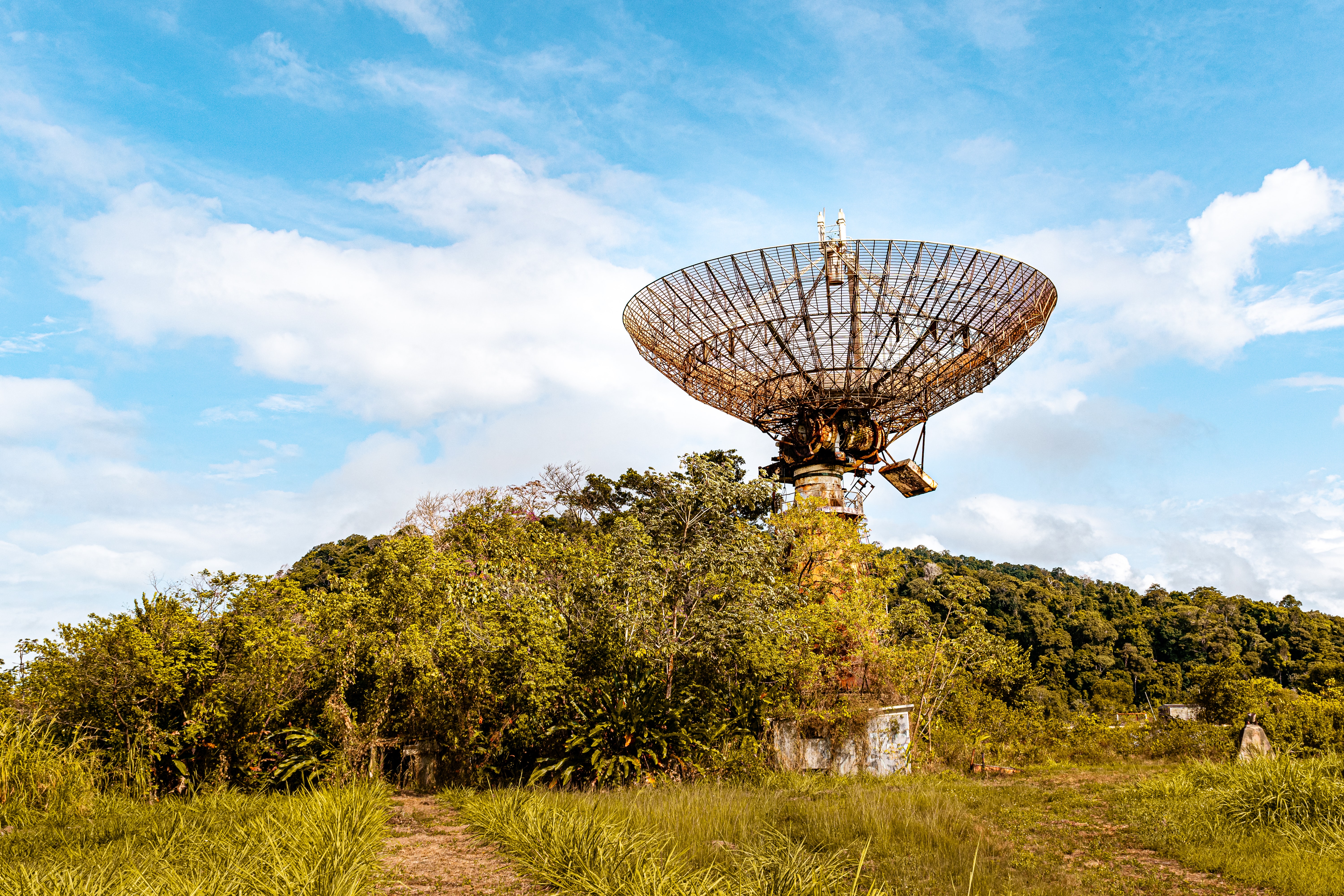Should we turn off brand ads
When people search for your brand term, should you run an ad? Performance looks great but are those conversions all incremental? Let’s run a deprivation test and find out.
Deprivation Testing
Running a true Randomized Controlled Trial (RCT) is usually impossible in most marketing channels...More
We're spending about $3,000 a week on brand terms in our Google account
The CEO is on an efficiency drive and wants us to turn this off
I do wonder if these clicks are incremental: if someone searches for our brand won't they just click on the organic result anyway?
Just to cover all the bases can you do some analysis to estimate the impact?
This course is a work of fiction. Unless otherwise indicated, all the names, characters, businesses, data, places, events and incidents in this course are either the product of the author's imagination or used in a fictitious manner. Any resemblance to actual persons, living or dead, or actual events is purely coincidental.
Should you bid on your brand terms? When someone searches for the name of your company they already know who you are. They had to learn your name somewhere, so it's highly unlikely that the Google ad they click on after searching your name deserves 100% of the credit. If you can turn off ads for brand terms you can usually save thousands of dollars to redirect into generic product terms or other demand-generating channels.
That said, there are some advantages to brand bidding. For example if a competitor is bidding on your brand term they might steal some of your best customers. So bidding on brand can defend your terms against competitors. In addition when running brand ads, you have more control over the message and destination. You can change the copy of your brand ad in an instant and A/B test different messages, which you can't do with organic search. Determining whether you should bid on brand terms or not requires a deprivation test, to find out how many of your sales are incremental, and how many would happen anyway.
All right. We've turned off our brand ads. How do we interpret the results? So you can see the ads are running for quite a while. And then around here we turned them off. We went from 56% share, 14% share, turned it off halfway through that day. So the share quickly dropped to zero as you know, all the kind of clicks from the campaign.
Complete all of the exercises first to receive your certificate!
Share This Course



